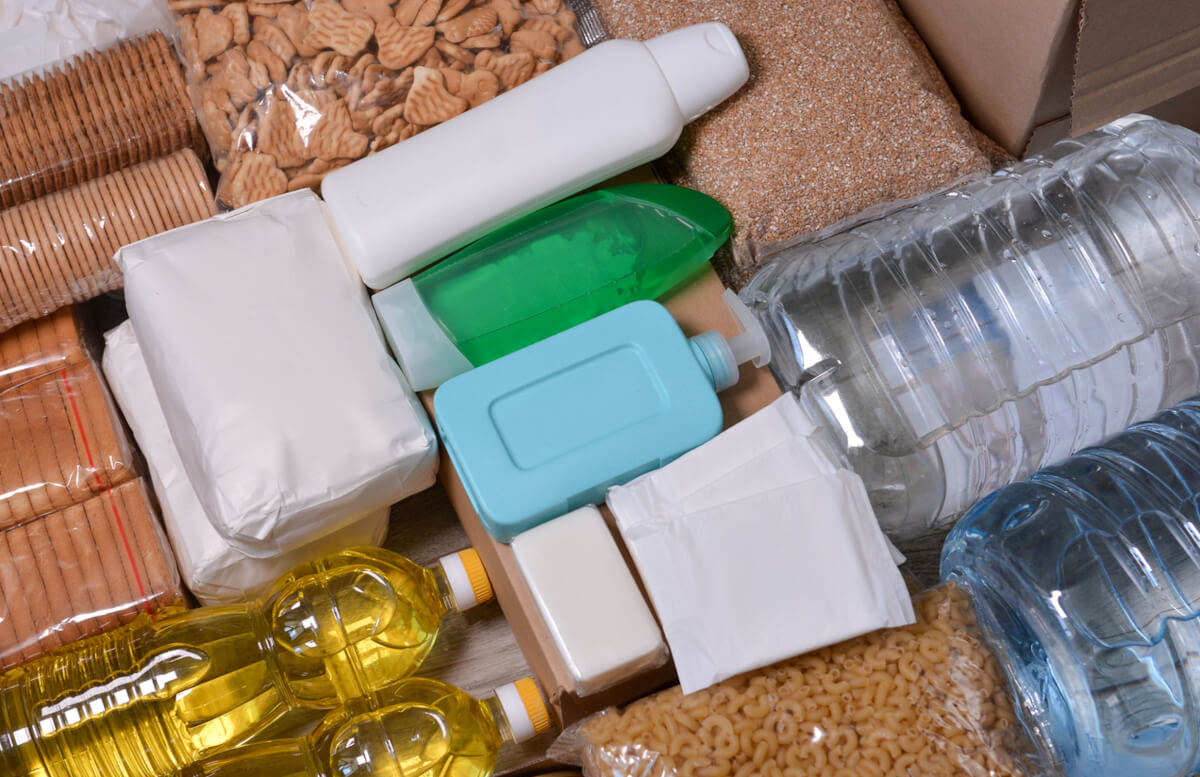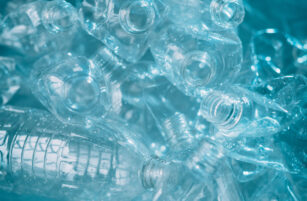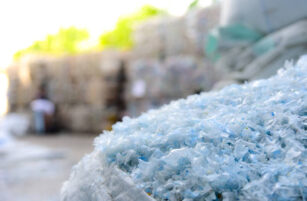Insight Focus
Recyclability doesn’t have to be complicated. In fact, when it comes to plastic, the simpler the better. But this doesn’t mean packaging needs to become generic. F&B manufacturers can let their creativity shine but should stick to some simple rules to ensure sustainability.
Widespread Practices Complicate Recycling
The choice to use PET isn’t binary. When it comes to plastic packaging, choosing PET comes with a whole host of ways to make that choice as sustainable as possible. PET is an excellent choice with regards to its weight, its flexibility and its strength, but as practically all brands want to differentiate their packaging somehow, it’s rarely just a PET bottle or container that ends up on the shelf.
Brands usually want their PET packaging to be as eye-catching as possible. Our supermarkets are not geared up to having row upon row of products that look exactly the same, and all brands work hard to present their products attractively.
The common ways that PET packaging can be customised include adding colourants to make the bottle a particular colour, that can be easily identified as belonging to that particular brand. Adding a sleeve is also a way to ‘wrap your packaging’ in brand colours and messages.
Both of these popular choices unfortunately make the PET packaging far harder to recycle, meaning that the PET bottle – which could easily have been put into standard recycling and happily gone back into the material stream – is now destined to be wasted.
So how can attractive packaging also be sustainable? What if the differentiation choices made could actually support sustainable packaging rather than detract from it?
Differentiate Without Demonising
Knowing what those differentiation choices are is crucial. If we keep just doing what we’ve always done, we’ll keep getting what we’ve always got. Adding a non-recyclable sleeve to a potentially recyclable PET bottle is not sustainable – in every sense of the word.
But understandably, brands want to reach their sales targets and grow in their active markets, so just saying ‘no’ isn’t a commercially viable option.
Angela Thijssen, Sustainability Manager at Pont Europe, works with brands to suggest ways in which packaging choices can help, rather than hinder, recyclability. She suggests that there are a wide range of ways to add branding options without making the packaging less responsible
“It really doesn’t have to be complicated,” she says. “Whether it’s a big multinational brand or a small artisan producer, making the most of the sustainability knowledge of your packaging partner can make an enormous difference. There are the big hitters, like upping the percentage of rPET in your packaging but it is by far from the only option.”
For an ideal place to start, she says brands should consider what lid and label they’re choosing too as these can help products stand out without impacting negatively on sustainability.
Lid
Every package needs some sort of lid or closure, but not all lids are created equal. Consider the material used and its recyclability as well as the sealability and security required.
Together, these elements will determine the lid that best suits the application, with customisation available in the form of engraving, embossing or debossing, rather than adding additional colourants that could potentially impact on the recycling stream.

Label
Consumers need to know the information about the product within, from ingredients to allergens to special offers, but the label that all this is printed on can vary considerably in terms of sustainability.
The size of the label is important too, as it can hinder the detectability of the container. The material used is crucial, of course, but also consider the adhesive used to attach the label. Adhesive recyclability varies greatly, so it is necessary to ask the packaging supplier.
Liner
Liners bring extra protection to the products within the packaging, but they can also bring unwelcome sustainability headaches as they’re hard to separate and recycle. But if the protection is required, what can be done to lessen the impact?
With liners usually made from foam or plastic, it can be that the main sustainability issue is whether the liner is attached to the container or not, so this is a way to protect the product…and the environment.

Thijssen adds, “Remember too that if the liner is not attached to the container, it is often glued inside the closure. This is even worse as the closure becomes a multi-layer item which is not recyclable.”
She says the best option to make sure the container and closure are recyclable is a liner that can easily be removed from the container and is not glued inside the closure. “The liner itself up until now is not recyclable,” she says. “Just the need to avoid the liner hinders the recyclability of the container and closure.”















